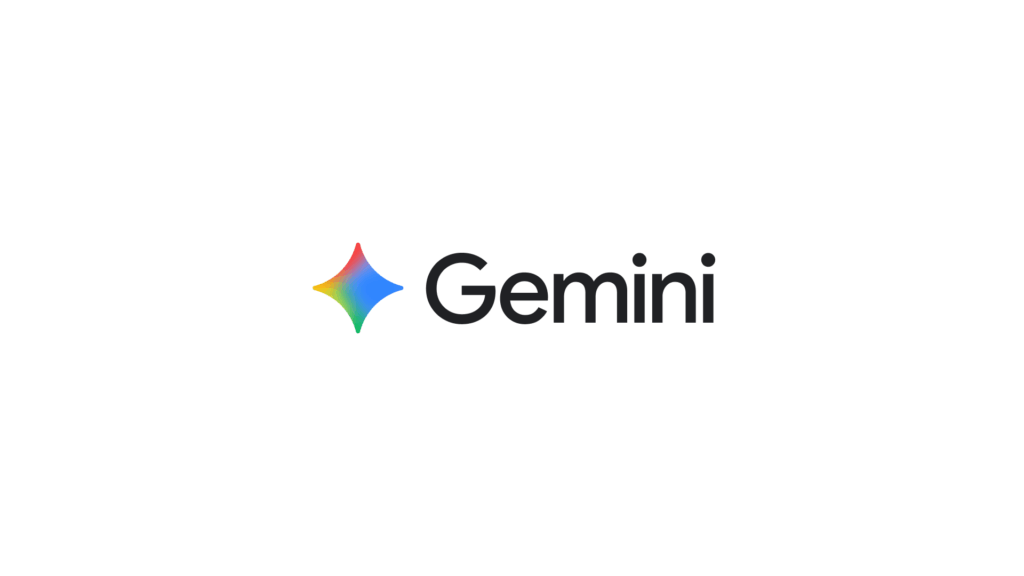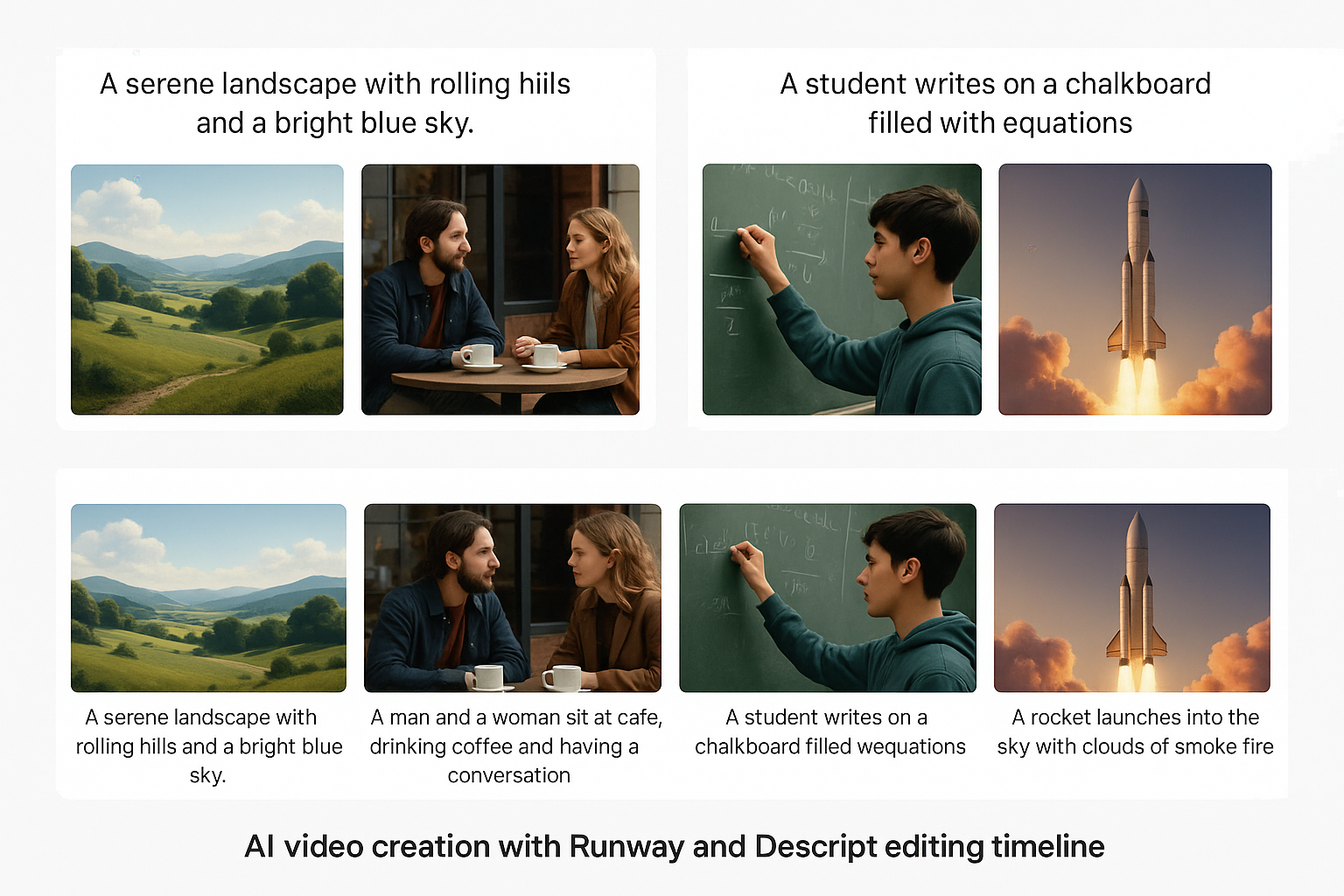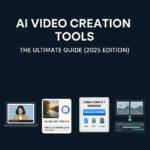If you’re hunting for the best AI tools 2020 2030, this pillar guide gives you a clean, up-to-date shortlist (15 tools) that actually move the needle. I’ve prioritised tools with proven adoption, standout capabilities (reasoning, multimodality, long context, creation), and a track record of improvements from 2020–2025—with an eye on staying power for the rest of the decade. Each pick includes pros, cons, best-for, and a placeholder affiliate link you can swap with your own.
The 15 best AI tools (2020–2030)
1) OpenAI ChatGPT (GPT-4o) — real-time, multimodal assistant

Best for: all-round creation, analysis, images + text in one place.
Why it stands out: GPT-4o (“Omni”) reasons across text, vision and audio with speed and cost gains over GPT-4, making it a go-to generalist. OpenAIMicrosoft Azure+1
Pros: fast, strong reasoning, robust ecosystem.
Cons: model availability & pricing can change; requires prompts/process to avoid fluff.
Affiliate link: Try ChatGPT
2) Anthropic Claude 3.5 — smart, careful, great at coding & writing
Best for: thoughtful analysis, long-form drafting, structured outputs.
Why it stands out: Claude 3.5 Sonnet raised the bar on intelligence vs. earlier Claude models; later updates improved coding and “computer use”. Anthropic+1
Pros: strong safety guardrails; excellent writing & comprehension.
Cons: file size/context limits vary by plan; occasional tool/API gating.
Affiliate link: Try Claude
3) Google Gemini 1.5 — huge context window for long docs & media

Best for: working with mega-long context (research packs, videos, codebases).
Why it stands out: 1.5 Pro runs up to 1M tokens for select users—ideal for summarising hours of video or large repositories. blog.google+1
Pros: exceptional context length; integrates with Google ecosystem.
Cons: access levels vary; latency can rise with ultra-long inputs.
Affiliate link: Try Gemini
4) Microsoft Copilot — your OS & Office companion
Best for: everyday productivity inside Windows & Microsoft 365.
Why it stands out: Copilot is integrated across Windows/Edge and Microsoft 365 apps, including Copilot Chat; Excel has begun testing a native =COPILOT() function. Microsoft Learn+1The Verge
Pros: native experience in Office; enterprise-friendly governance.
Cons: some features limited to Copilot+ PCs or specific licences. TechRadar
Affiliate link: Get Microsoft Copilot
5) GitHub Copilot — AI pair programmer

Best for: faster coding, boilerplate reduction, in-IDE suggestions.
Why it stands out: Deep IDE integration with tiered Copilot Pro/Pro+ plans; boosts productivity for individuals and teams. GitHub Docs+1
Pros: strong autocomplete; chat; code explanation; broad language support.
Cons: still needs reviews/tests; occasional hallucinated APIs.
Affiliate link: Get GitHub Copilot
6) Midjourney — high-fidelity image generation
Best for: concept art, marketing visuals, moody aesthetics.
Why it stands out: Independent lab known for stylistic, high-quality imagery and rapid iteration. Midjourney
Pros: stunning output with concise prompts; strong community.
Cons: Discord workflow (for many); licensing nuances per plan.
Affiliate link: Try Midjourney
7) Stable Diffusion — open, customisable image models
Best for: open-source workflows, local/private image pipelines.
Why it stands out: Public release in 2022 opened the floodgates for local/hosted custom image generation. Stability AI
Pros: self-hostable; vast ecosystem of checkpoints & UI front-ends.
Cons: quality depends on model & hardware; more setup vs. hosted tools.
Affiliate link: Use Stable Diffusion (hosted)
8) Runway Gen-3 — creative video generation & editing
Best for: ads, trailers, motion design, rapid video prototyping.
Why it stands out: Gen-3 Alpha powers text-to-video, image-to-video and fine-grained motion controls with added safety/provenance features. Runway
Pros: strong motion & style control; production-ready exports.
Cons: compute-heavy; learning curve for cinematic results.
Affiliate link: Try Runway
9) ElevenLabs — lifelike text-to-speech & voice cloning
Best for: video narration, audiobooks, multilingual voiceovers.
Why it stands out: fast, high-quality voice cloning with instant or pro pipelines and 20+ language support. ElevenLabs
Pros: natural prosody; speaker cloning; multilingual.
Cons: voice IP/consent must be managed carefully.
Affiliate link: Try ElevenLabs
10) Perplexity — AI answer engine with citations
Best for: research with live web sources and quick digests.
Why it stands out: Designed as an answer engine—retrieves sources and synthesises up-to-date responses with citations. Perplexity AI+1
Pros: transparent citations; good for exploration & follow-ups.
Cons: relies on web quality; paywall for some advanced features.
Affiliate link: Try Perplexity
11) Notion AI — writing, summarising & search across your work
Best for: teams living in Notion, Slack, Drive—summaries & drafting.
Why it stands out: Newer Notion AI can pull context from Notion + connected apps to draft, summarise, and answer questions. Notion
Pros: native in Notion; knowledge-aware; collaborative.
Cons: best value if your workflow already lives in Notion.
Affiliate link: Get Notion AI
12) Canva Magic Studio — AI for design-at-speed

Best for: marketers, founders and social teams shipping assets fast.
Why it stands out: Magic Write/Design/Media bundle a wide range of AI tools for copy, layouts, and AI image/video creation inside Canva. Canva+1
Pros: approachable UI; templates; great for non-designers.
Cons: brand-perfect work still needs manual polish.
Affiliate link: Try Canva Pro
13) Meta Llama 3 (open models) — strong open foundation models
Best for: builders who want openness (self-host, Bedrock, etc.).
Why it stands out: Llama 3/3.1 offer capable 8B–405B-class models open for research & commercial use with broad tooling support. Meta AI+1Amazon Web Services, Inc.
Pros: openness, local options, custom fine-tuning paths.
Cons: ops burden (serving, safety, updates) is on you.
Affiliate link: Use Llama (hosted)
14) Synthesia — talking-avatar videos from text
Best for: training, onboarding, multilingual explainers without actors.
Why it stands out: Wide avatar catalogue and simple script-to-video flow; note the ongoing debate about avatar misuse risks. SynthesiaThe Guardian
Pros: rapid production; localised content at scale.
Cons: uncanny valley moments; ethical/legal diligence required.
Affiliate link: Create with Synthesia
15) Descript — edit audio/video like a doc + AI voices
Best for: podcasters, YouTubers, course creators.
Why it stands out: Overdub for voice cloning and Studio Sound for AI noise/echo cleanup, all inside a text-based editor. Descript+1Descript Help
Pros: edit by text; filler-word removal; screen recorder; captions.
Cons: results depend on source quality; learn settings for best output.
Affiliate link: Try Descript

Quick comparison table (best AI tools 2020 2030)
| Tool | Best For | Signature Strength | Plans/Access* |
|---|---|---|---|
| ChatGPT (GPT-4o) | General creation & analysis | Multimodal text-vision-audio | Free + paid (OpenAI/Azure) OpenAIMicrosoft Azure |
| Claude 3.5 | Careful reasoning, writing, coding | High-quality outputs, safety | Free + paid (tiers vary) Anthropic |
| Gemini 1.5 | Long-context research | Up to 1M tokens context (select) | Free + paid (Google) blog.google |
| Microsoft Copilot | Windows & 365 workflows | Native OS + Office integration | Free + paid licences Microsoft Learn |
| GitHub Copilot | Coding | In-IDE code suggestions & chat | Pro/Pro+ tiers GitHub Docs |
| Midjourney | Artistic images | Stylised, high-fidelity art | Paid plans Midjourney |
| Stable Diffusion | Open image gen | Open models, self-hostable | Open + hosted options Stability AI |
| Runway Gen-3 | Video gen | Motion/style control, T2V | Paid (Runway) Runway |
| ElevenLabs | TTS & cloning | Lifelike voices, multi-lingual | Paid (free trial) ElevenLabs |
| Perplexity | Research | Answer engine + citations | Free + paid Perplexity AI |
| Notion AI | Knowledge work | Workspace-aware answering | Add-on plan Notion |
| Canva Magic Studio | Fast design | Magic Write/Design/Media | Free + Pro Canva |
| Llama 3 | Open LLM builds | Open licensing & variants | Open/hosted (Bedrock etc.) Amazon Web Services, Inc. |
| Synthesia | Avatar video | Script-to-video avatars | Paid Synthesia |
| Descript | A/V editing | Overdub + Studio Sound | Free + paid Descript Help |
*Pricing changes often—check the latest before you publish.
How to choose (fast)
- Writers/marketers: ChatGPT, Claude, Gemini, Canva, Notion AI. OpenAIAnthropicblog.googleCanvaNotion
- Developers: GitHub Copilot, ChatGPT, Claude, Llama 3 (for open stacks). GitHub DocsOpenAIAnthropicMeta AI
- Design/video teams: Midjourney, Stable Diffusion, Runway, Descript, ElevenLabs, Synthesia. MidjourneyStability AIRunwayDescript HelpElevenLabsSynthesia
- Researchers: Perplexity + Gemini (long context). Perplexity AIblog.google
- Microsoft-first orgs: Copilot (Windows/365). Microsoft Learn
FAQs (about the best AI tools 2020 2030)
1) What counts as “best” here?
Performance on reasoning/creation tasks, robustness, adoption, ecosystem, and clear improvements from 2020 onward. I’ve also favoured tools with unique edges (e.g., GPT-4o’s multimodality, Gemini’s long context, Runway’s video controls). OpenAIblog.googleRunway
2) Which tool should beginners start with?
ChatGPT (GPT-4o) for general tasks; Canva Magic Studio for design; Perplexity for web-sourced research. Then expand into Claude/Gemini as you specialise. OpenAICanvaPerplexity AI
3) Are open-source models worth it?
Yes—Llama 3 (and Stable Diffusion for images) give you control and customisation, but you’ll own deployment, safety and costs. Great for privacy and niche use-cases. Meta AIStability AI
4) What about video creation?
Runway Gen-3 leads for text-to-video, while Descript + ElevenLabs streamline editing and voiceovers. Synthesia is best when you need avatar presenters. RunwayDescript HelpElevenLabsSynthesia
5) How do I keep this list “future-proof” to 2030?
Keep an eye on: reasoning models, multimodal input/output, tool-use/agent capabilities, and governance. Re-evaluate quarterly—especially after major releases from OpenAI, Anthropic, Google, Microsoft and Meta. OpenAIAnthropicblog.google

Conclusion
If your goal is to rank for best AI tools 2020 2030, anchor your recommendations around multimodal assistants (ChatGPT, Claude, Gemini), workplace copilots (Microsoft/GitHub), and creative engines (Midjourney, Stable Diffusion, Runway, Descript, ElevenLabs, Synthesia). Round it out with Perplexity for research, Notion AI and Canva Magic Studio for day-to-day shipping, and Llama 3 when openness matters. Update this post every quarter with new benchmarks and releases to keep it evergreen through 2030.









